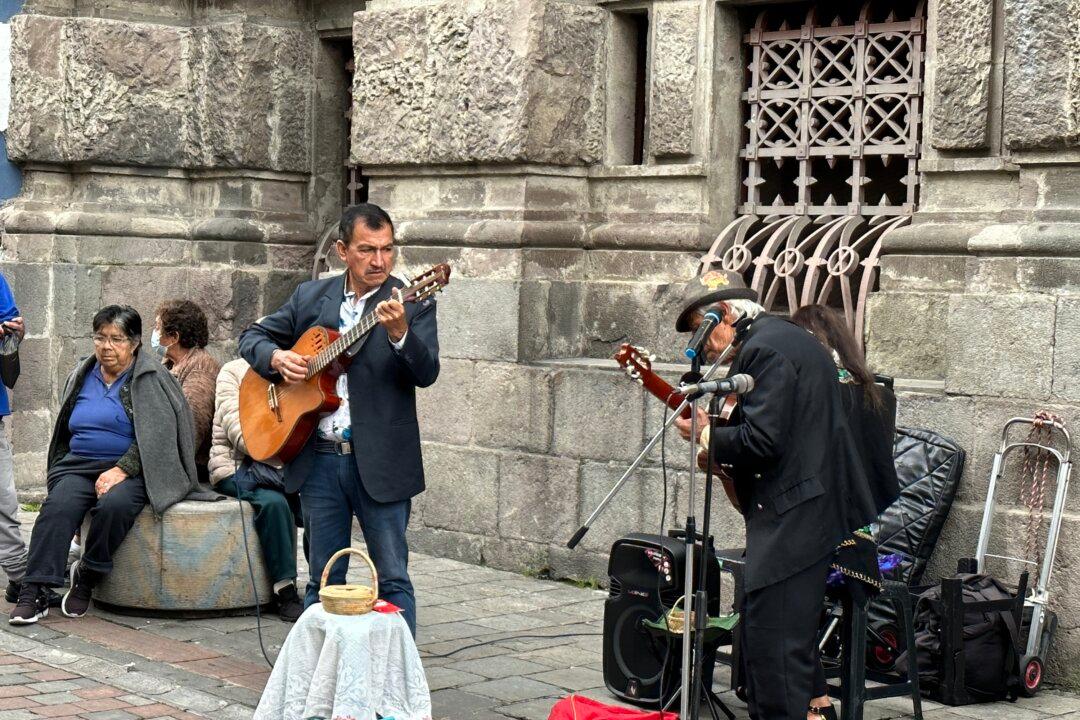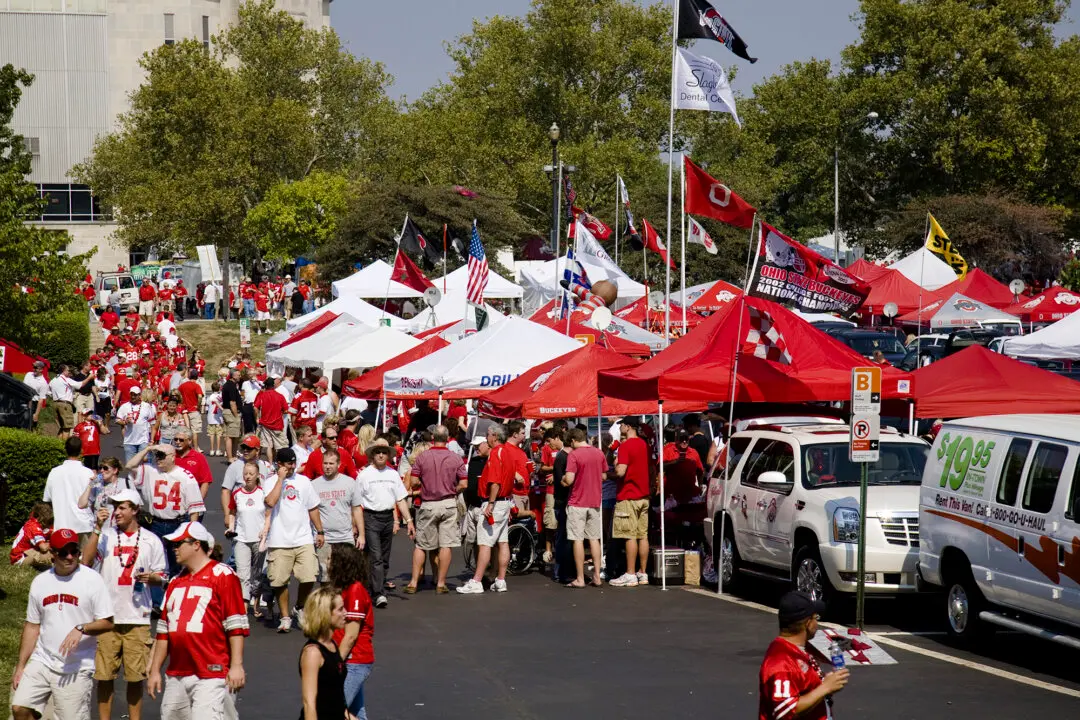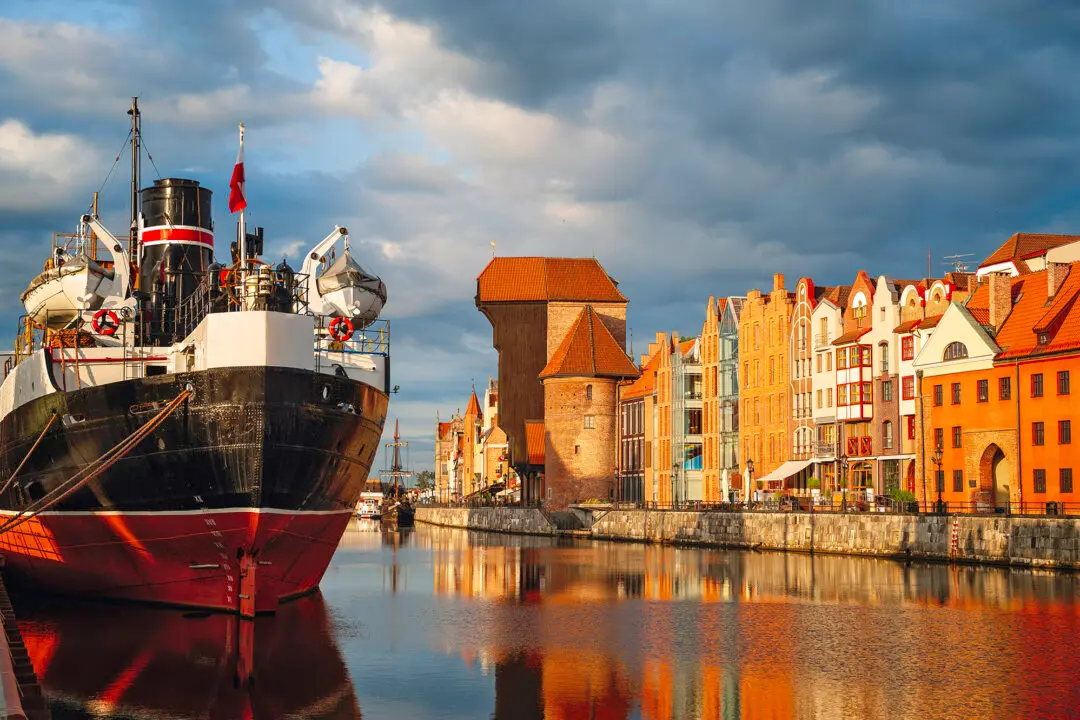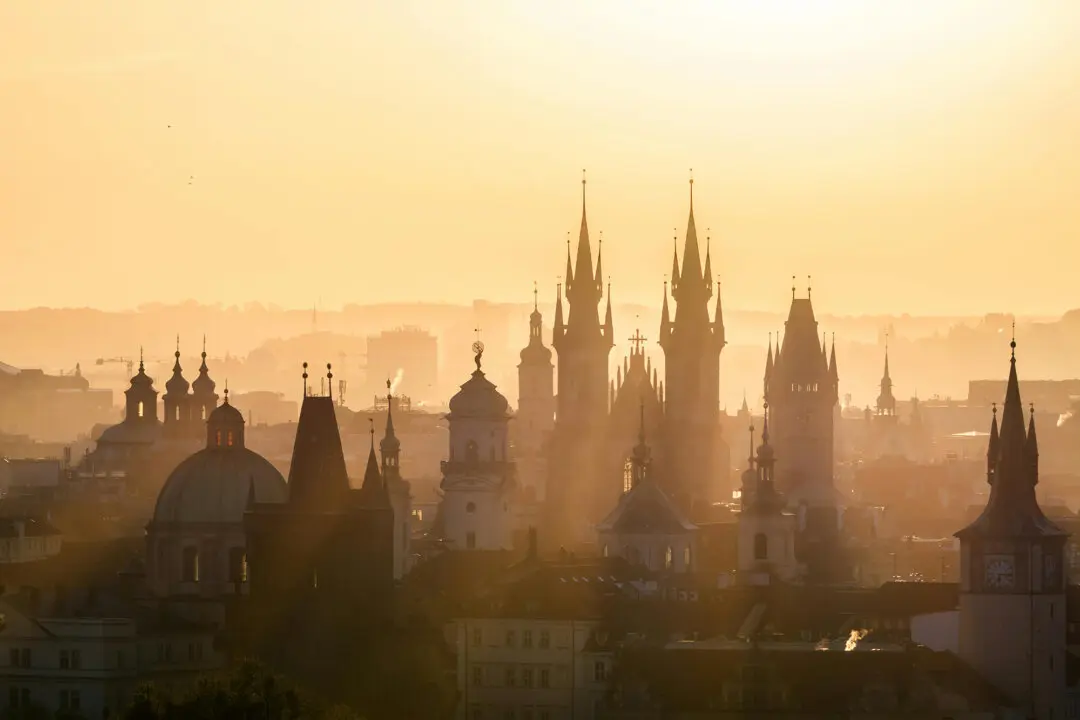Quito isn’t a city that hides its passions. Start with the geography alone. High in the mountains, at a (literally) breathtaking altitude of 9,350 feet, it’s set between steep hills on one side and the western edge of the Andes on the other. Long and narrow, the city’s dense network of streets and buildings snakes 42 miles from north to south, with residential areas climbing up the adjacent slopes. When you walk around town, most streets end with views of big peaks stretching all the way up to the clouds.
And there’s a volcano, too. An active one. Looming right over the city. Pichincha’s biggest eruption took place in 1660, but it has roared as recently as 1998. My guide for a few days here, Mauricio, showed me a dramatic photo on his phone. “Ash rained down on the city,” he recalled, without any sense of alarm, as if retelling a favorite old story.





